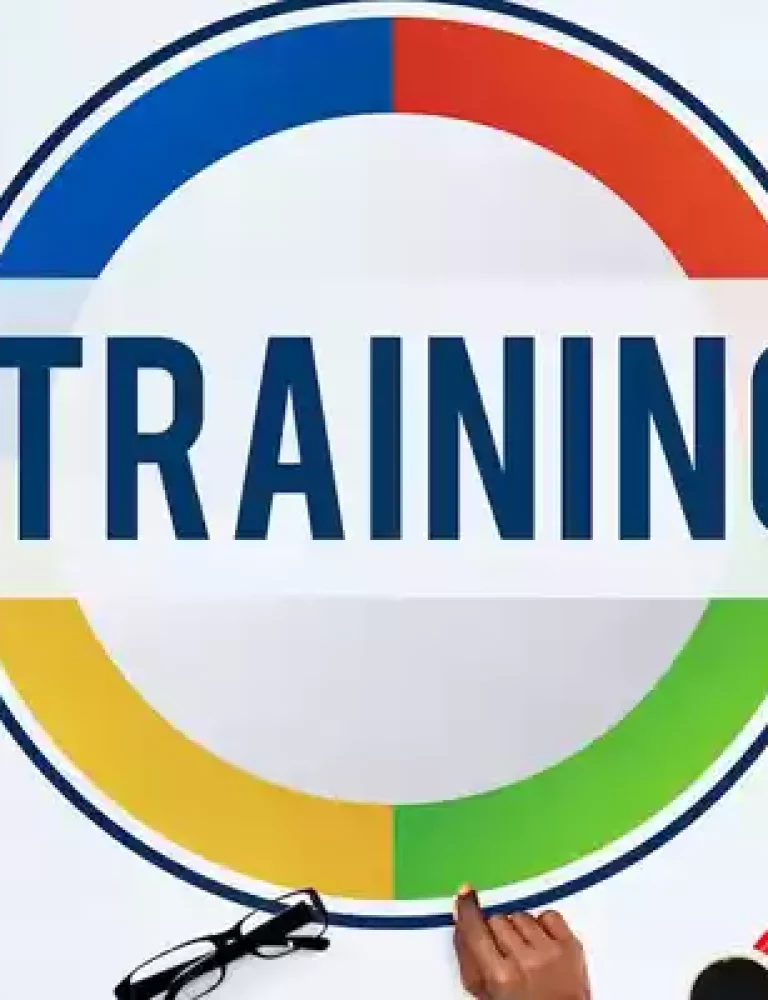Technology is revolutionizing every industry today. Even the realm of education is experiencing a transformative revolution, with a major shift from traditional paperback textbook learning to digital learning sources.
K12 education today focuses primarily on enhancing the teaching and learning processes for students from kindergarten to 12th grade. Modern K12 education means reshaping traditional learning models by integrating digital education into classrooms.
Let’s explore some key statistics:
- The global eLearning market is expected to reach $336.98 billion by 2026, with a CAGR of 9.1% from 2018 to 2026.
- 77% of the eLearning industry consists of self-paced learning models.
- 57% of students in the US have digital learning tools such as mobile devices designated for school use.
- 45% of K12 students have indicated that their preferred learning method is through videos or games.
These numbers prove that eTextbooks are not merely a trend but an indispensable online learning resource to prepare children for the skills required in the 21st century.
Table of Contents:
I. What Do Digital Textbook Platforms Refer To?
II. Benefits of Digital Textbook Platforms in K12 Education
III. 7 Strategies for Implementing Digital Learning to Enhance Educational Efficiency in K12 Students
- Ensure Equal Access to Digital Learning
- Provide Secure Access to Online Resources
- Invest in a Learning Management System (LMS)
- Align with School Policies and Regulations
- Emphasize Digital Content Conversion and Compatibility
- Facilitate New Teaching Approaches
- Utilize Actionable Analytics
IV. Factors to Consider When Selecting the Ideal Digital Textbook Platform for K12 Learners
V. To Wrap Up
What Do Digital Textbook Platforms Refer To?
Digital textbook platforms are channels that help learners with eBooks or digital textbooks and offer access to educational resources online or on their devices. These cloud-based and AI-empowered online learning resources offer quality content creation, easy distribution, and consistent updates without the need for physical storage.
Digital textbook platforms offer interactivity and allow publishers & educators to customize digital textbooks to create personalized learning experiences and digital course materials according to individual student needs.
With the evolution of digital textbook platforms like KITABOO, students can access their learning materials anytime, anywhere, using any device with internet connectivity. These platforms often include features such as multimedia content, interactive quizzes, and progress-tracking tools, making learning more engaging and effective.
Benefits of Digital Textbook Platforms in K12 Education
Digital education transcends geographical barriers and offers learning opportunities to K12 students regardless of their location. This helps students in remote areas or those with physical disabilities.
Here’s precisely how digital textbook platforms benefit K12 education:
- Digital textbook platforms extend their reach and offer personalized learning experiences that cater to each student’s unique needs and pace. Such platforms help analyze student strengths and weaknesses and devise individualized learning paths.
- These platforms include interactive multimedia materials and digital course materials that enhance a students’ critical thinking, creativity, and problem-solving skills.
- Digital learning facilitates collaboration and communication and enhances learning via evolving technologies. Such platforms prepare students for future work environments.
- You can use a digital textbook platform for K12 publishers to offer a wealth of educational content in various formats. You can empower students to explore diverse online learning resources, beyond the confines of traditional textbooks.
7 Strategies for Implementing Digital Learning to Enhance Educational Efficiency in K12 Students
Let’s explore how digital textbook platforms enhance the design and delivery of K12 learning experiences:
1. Ensure Equal Access to Digital Learning
When it comes to implementing digital learning in K12 education, ensuring equal access for all students is paramount. This includes addressing issues such as internet connectivity, device availability, and digital literacy skills.
Make sure you choose a digital textbook platform like KITABOO that helps organizations provide equal access to digital learning environments. This way, you can overcome educational barriers and make sure that all students have access to essential content and digital course materials.
2. Provide Secure Access to Online Resources
Security is foremost when it comes to digital resources. Several educational content platforms are equipped with Digital Rights Management (DRM), which includes protected access to learning resources. It offers a great way to provide secure access and software to every student and ensure digital learning remains manageable for teachers and other stakeholders.
3. Invest in a Learning Management System (LMS)
Today, LMS and SaaS learning models account for more than 29% of the total eLearning market share. This shift towards digital learning management systems provides schools with a centralized platform for managing digital resources, delivering online courses, tracking student progress, and facilitating communication among students, educators, and parents.
4. Align with School Policies and Regulations
When collaborating with an educational content platform, you must ensure compliance with government regulations and school policies. This will help you protect students’ personal information and ensure the safe use of mobile devices and online resources.
Schools must establish policies regarding the use of school-issued devices and access to websites and applications. Compliance with standardized online testing software is critical to ensuring consistent assessment delivery.
5. Emphasize Digital Content Conversion and Compatibility
Platforms that help transition from textbook formats to digital formats are especially useful in the K12 context. These platforms help publishers convert and put their legacy content to good use.
For example, a digital textbook platform for K12 publishers like KITABOO offers the ability to convert your PDF files to ePub. You can also create content from scratch, from within the platform itself.
Doing so can help align K12 study materials with specific teaching approaches. This way, it will be easier for educators to integrate your digital content into their teaching methods and cater to diverse learning styles and preferences.
6. Facilitate New Teaching Approaches
Internet access, digital content, and mobile devices offer educators innovative techniques for engaging students. When implementing these new approaches, consider factors like internet connectivity and offline access to ensure widespread accessibility and engagement.
7. Utilize Actionable Analytics
Data analytics provide valuable insights into content consumption and user behavior. Such insights help improve and customize content. eTextbook platforms come with user-friendly interfaces that assist in the managing and customization processes, leading to optimal results.
Factors to Consider When Selecting the Ideal Digital Textbook Platform for K12 Learners
Here are some key factors that you must consider before selecting the best eTextbook platforms for K12 learning:
- Choose a platform that easily integrates with popular Learning Management Systems like Moodle, Google Classroom, and others.
- Prioritize accessibility features to accommodate students with diverse learning needs.
- Look for features like text-to-speech functionality, adjustable font sizes, and compatibility with screen readers.
- Ensure the platform enables the creation and deployment of standards-based formative, summative, and video-based assessments.
- Ensure compatibility with common devices and operating systems used in K12 classrooms
- Check the DRM security measures the platform has in place.
- Explore the multimedia integration and interactivity features the platform provides.
To Wrap Up
Using digital textbook platforms will be immensely beneficial for K12 education in 2024. They provide a myriad of advantages, from personalized learning experiences to fostering collaboration and communication. However, to utilize these platforms’ full potential, it’s crucial to implement them effectively.
KITABOO is one of the best digital textbook platforms for K12 publishers that helps create inclusive, equitable, and effective learning environments for students of all backgrounds. The platform enables publishers and educators to improve student engagement and achievement and also supports teachers in delivering dynamic and interactive lessons.
Connect with our team for more info!
Discover How An Ebook Conversion, Publishing & Distribution Platform Can Help You
Kitaboo is a cloud-based content platform to create-publish & securely distribute interactive mobile-ready ebooks.
You May Also Like
-
Customizable eBook Reader App for Your Brand
Blog,Digital Publishing,eBook solution / March 22, 2024








